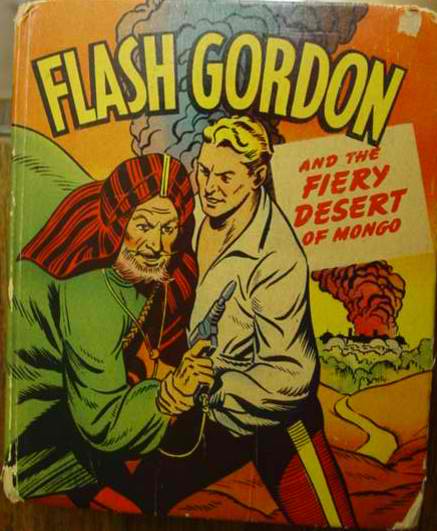Blogging Alex Raymond’s Flash Gordon, Part Twenty-Two – “Marvela”

 “Marvela” was the twenty-second installment of Alex Raymond’s Flash Gordon Sunday comic strip serial for King Features Syndicate. Originally published between August 20, 1944 and February 4, 1945, “Marvela” was the first of the Sunday strips completely illustrated by Austin Briggs. Don Moore scripted from a story he developed with the series’ creator, Alex Raymond. This was the final storyline to have any involvement from Raymond. The story picks up following the conclusion of the epic-length Tropica story arc with Flash and Dale traversing Mongo in the triphibian rocket car given to them by Queen Desira as a reward for helping restore her to the throne of Tropica.
“Marvela” was the twenty-second installment of Alex Raymond’s Flash Gordon Sunday comic strip serial for King Features Syndicate. Originally published between August 20, 1944 and February 4, 1945, “Marvela” was the first of the Sunday strips completely illustrated by Austin Briggs. Don Moore scripted from a story he developed with the series’ creator, Alex Raymond. This was the final storyline to have any involvement from Raymond. The story picks up following the conclusion of the epic-length Tropica story arc with Flash and Dale traversing Mongo in the triphibian rocket car given to them by Queen Desira as a reward for helping restore her to the throne of Tropica.
“Marvela” marks a strange departure for the strip. Austin Briggs’ artwork, though never a match for Alex Raymond, at least is an improvement on his finishes for Raymond’s rushed pencils that marred much of the second half of the Tropica stories. The title refers to the kingdom that Flash and Dale visit when they see a rocket crash in the forest and a beautiful woman thrown from the cockpit. A giant scorpion appears and moves in for the kill. Flash dives down from the triphibian rocket car to distract the scorpion and he and Dale team up to destroy it. Oddly, Briggs never depicts the rocket falling from the sky nor does he show its wreckage. Its existence is only referred to in Moore’s script. This should be conclusive proof, if any were needed, that Alex Raymond never layed out any of the early panels for the strip.

















